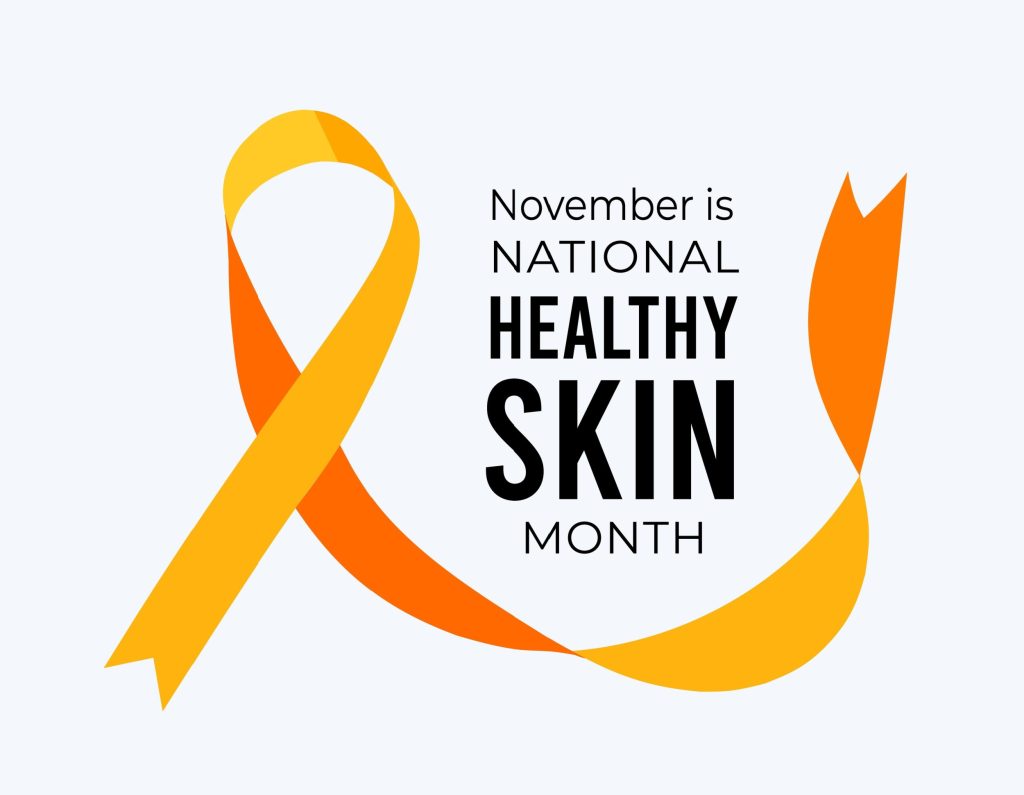
As the heat of the summer is at its peak, it’s essential to remember that children, especially infants, require extra care when it comes to sun protection. The delicate skin of our youth is highly vulnerable to the harmful effects of ultraviolet (UV) radiation, making it crucial for parents and caregivers to prioritize sun protection measures. In this blog, we’ll explore the significance of shielding our little ones from the sun’s rays, and discuss practical strategies to ensure their well-being under the sun.
Vulnerability of Infants’ and Childrens’ Skin:
Infants and children have skin that is thinner, more sensitive, and less able to defend against damaging UV radiation compared to adults. Their immature skin lacks melanin, the pigment responsible for natural sun protection, making them particularly susceptible to sunburn and long-term skin damage. Overexposure to UV radiation during childhood can significantly increase the risk of skin cancer, including doubling the risk of developing melanoma, a deadly form of skin cancer, later in life. The damage caused by the sun’s rays is cumulative, meaning that each sunburn adds to the potential harm. Therefore, minimizing sunburn incidents is crucial to protect children from the long-term health risks associated with excessive sun exposure.
Health Risks Associated with Sun Exposure:
- Sunburn: Children can get sunburned in as little as 15 minutes of unprotected sun exposure. Sunburns not only cause immediate discomfort but can also have long-lasting consequences, including an increased risk of skin cancer.
- Skin cancer: While the development of skin cancer is usually linked to cumulative UV exposure over time, severe sunburns in childhood can substantially elevate the risk. It is estimated that up to 80% of lifetime sun damage occurs during childhood.
- Eye damage: The sensitive eyes of children are more susceptible to damage from UV radiation. Prolonged exposure to the sun can lead to conditions such as cataracts and macular degeneration later in life.
Effective Sun Protection Strategies for Children:
- Sunscreen: Choose a broad-spectrum sunscreen with a high sun protection factor (SPF) of 30 or above. Apply it generously to all exposed areas, including the face, ears, neck, and the backs of hands and feet. Reapply every two hours or more frequently if swimming or sweating.
- Protective clothing: Dress your child in lightweight, tightly woven clothing that covers their arms and legs. Wide-brimmed hats and sunglasses with UV protection are also essential to shield their face and eyes.
- Seek shade: Encourage children to play in shaded areas, especially during the peak sun hours between 10 a.m. and 4 p.m. Remember, shade from trees or umbrellas is not sufficient to provide complete sun protection, so combine it with other measures.
- Stay hydrated: Hydration is crucial for overall health and skin protection. Ensure your child drinks plenty of fluids, especially when spending extended periods outdoors.
- Be a role model: Teach your children about the importance of sun protection from an early age. Instill habits such as applying sunscreen before going outside and seeking shade when the sun is strong. Lead by example and practice sun-safe behaviors yourself.
Sun Protection for Infants:
- Keep infants under six months old out of direct sunlight whenever possible. Their skin is highly sensitive and should not be exposed to the sun’s rays.
- If going outside is unavoidable, dress infants in lightweight clothing that covers their arms and legs. Use a wide-brimmed hat to shield their face and neck, and consider using a stroller with a sunshade.
- Apply a small amount of sunscreen to small areas of the infant’s body that cannot be adequately covered, such as the face and back of hands. Choose a sunscreen specifically formulated for infants and consult a healthcare professional before use.
Protecting infants and children from the sun’s harmful UV rays is paramount for their overall health and well-being. By implementing proper sun protection measures, we can safeguard their delicate skin, reduce the risk of sunburn and long-term skin damage, and promote a lifelong habit of sun safety.
Prioritizing sun protection for infants and children is a proactive investment in their health and well-being, ensuring they can enjoy the great outdoors while minimizing potential risks. Let’s embrace the joy of summer with our little ones while keeping them safe and protected.
Contact FLDSCC for All Your Skin Care Needs
Florida Dermatology and Skin Cancer Centers provides a full spectrum of dermatology and skin care services, and its team of physicians, APRNs, and PAs are experts in diagnosing and treating skin cancers with the latest technological options. Medical Director, Dr. K. Wade Foster, is fellowship-trained in Mohs surgery, the most effective technique for most types of skin cancers, with minimal scarring or risk.
For more information about the services that Florida Dermatology and Skin Cancer Centers provides, or to make an appointment for a skin exam, visit www.fldscc.com or contact us at (855) FLD-SKIN.


